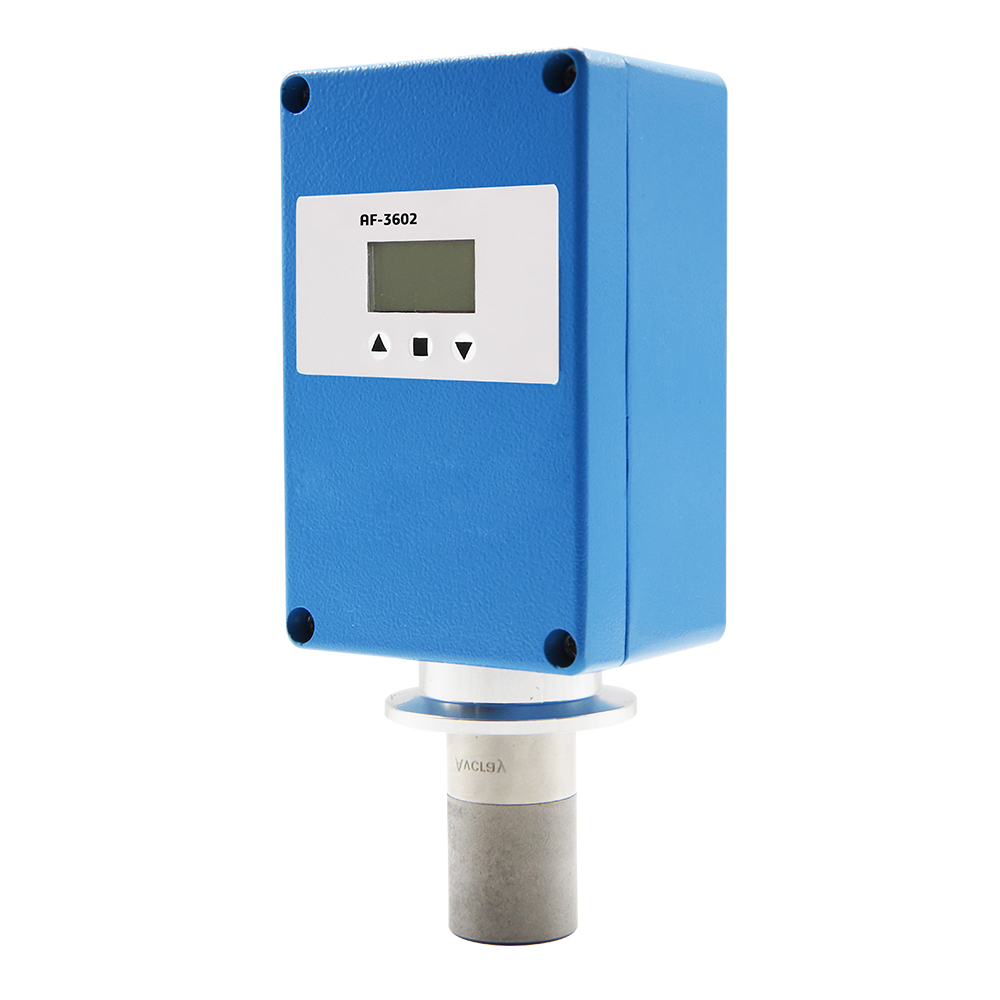Limited space refers to the narrow closed or partially closed space at the entrance and exit, such as cellars, cabins, storage tanks, pipelines, basements, sewage tanks (wells), biogas tanks, septic tanks, sewers, fermentation tanks, etc. Some hazardous toxic gases are concealed and difficult to detect, and multiple hazards may coexist. Use a limited space gas detector to detect the gas concentration in a confined space.
The limited space detector detects which gases and the hazards of these gases:
Hydrogen sulfide gas is easily generated in a limited space; in the construction of municipal construction roads, the gas pipeline is accidentally damaged, and the gas leaks into a limited space or nearby residential buildings, which will cause the accumulation of carbon monoxide; benzene, toluene and xylene, such as When performing anti-corrosion coating operations in a limited space, the volatilization of organic solvents such as benzene, toluene, and xylene contained in the coating will increase the concentration of toxic gases in the limited space. Hypoxia harms the low oxygen concentration in the air, which will lead to hypoxia.
- Poisoning hazards
Confined spaces tend to accumulate high concentrations of toxic and harmful substances. Toxic and hazardous substances may originally exist in a limited space, or they may gradually accumulate during operation. Common ones are hydrogen sulfide and carbon monoxide.
- Hypoxia hazards
Too low oxygen concentration in the air can cause hypoxia. The common ones are the lack of oxygen caused by carbon dioxide and inert gases. Carbon dioxide is heavier than air. In various mines, cellars, cabins, cold storages and other places with long-term poor ventilation, it is easy to squeeze the space, resulting in low oxygen concentration and hypoxia.
In addition, inert gases such as nitrogen, argon, helium, and water vapor can also cause oxygen deficiency. In the industry, inert gases are commonly used to flush containers such as reactors, storage tanks, and steel cylinders. If there is too much inert gas remaining in the container, simple hypoxia or suffocation will easily occur when workers enter. Methane and propane can also cause hypoxia or suffocation.
- Explosion and other hazards
When there are flammable and explosive substances in the air, if the concentration is too high, it will explode or burn in case of fire. In addition, life-threatening or health-threatening environmental conditions such as falling, drowning, object strikes, and electric shocks may cause safety accidents in limited spaces.

How to detect gas in a limited space? Use a oxygen analyzer in a limited space to detect a limited space.
To work in these spaces, it is necessary to first detect whether it is within a safe range, so how to choose a limited space gas detector? The selection of a limited space gas detector first needs to identify the gas, and then use different principles according to the physical and chemical properties of different gases sensor. Generally speaking, the commonly used gas selection for limited space is as follows:
- The combustible gas mainly uses the gas detector with the principle of catalytic combustion, and basically all combustible gases can be used to detect the explosion limit value of the combustible gas;
- Oxygen detection uses electrochemical principles, which can set the safety range of oxygen concentration, and alarm if it exceeds or falls below the limit;
- Toxic gases (hydrogen sulfide, ammonia, etc.) use electrochemical principles, and an all-in-one limited space gas detector can be selected for measurement;
- Volatile organic gases VOC uses PID photoion detection principle to detect the total content of various volatile organic gases.
